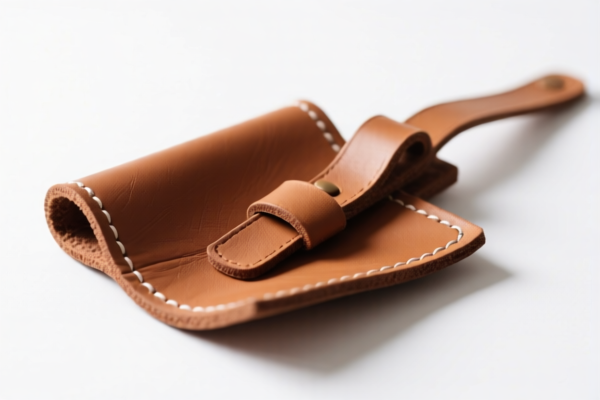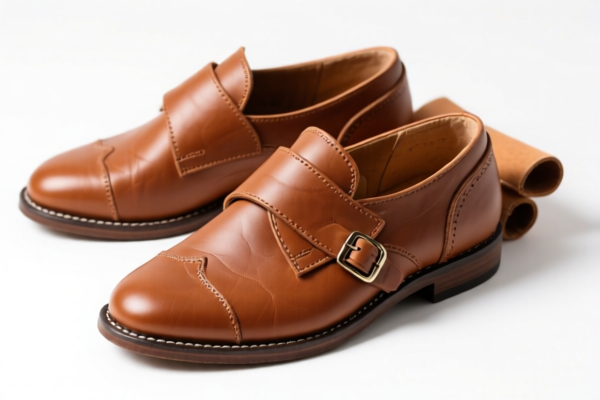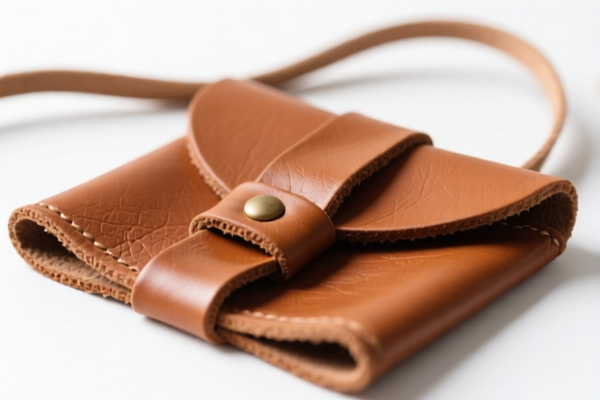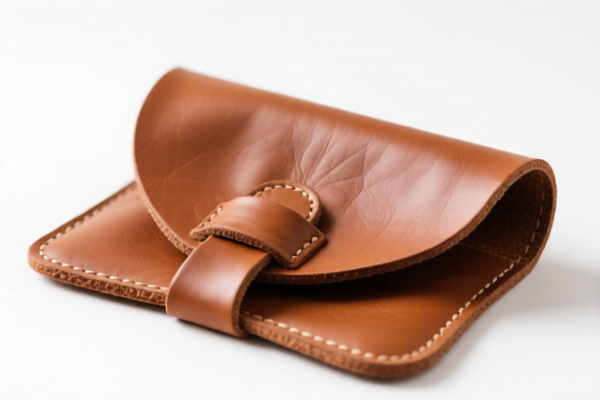| HS Code | Official Doc | Tariff Rate | Origin | Destination | Effective Date |
|---|---|---|---|---|---|
| 8205517500 | Doc | 58.7% | CN | US | 2025-05-12 |
| 8203206060 | Doc | 12¢/doz. + 5.5%+55.0% | CN | US | 2025-05-12 |
| 8203204000 | Doc | 67.0% | CN | US | 2025-05-12 |
| 3901909000 | Doc | 61.5% | CN | US | 2025-05-12 |
| 3901905501 | Doc | 61.5% | CN | US | 2025-05-12 |




Leather Craft Modeling Tools
Leather craft modeling tools encompass a range of implements used to shape, carve, and detail leather during the crafting process. These tools allow for precision work, creating textures, bevels, and intricate designs.
Materials
These tools are commonly constructed from the following materials:
- Steel: The most prevalent material, offering durability and the ability to hold a sharp edge. Often used for swivel knives, chisels, and stamps. Different steel alloys (carbon steel, tool steel) are used depending on the tool's purpose and desired hardness.
- Wood: Frequently used for handles, providing a comfortable grip and control. Hardwoods like beech or maple are common. Also used for mauls (see below) to deliver controlled force.
- Plastic/Synthetic Polymers: Used for handles, particularly in more modern tools, offering ergonomic designs and resistance to wear.
- Brass: Sometimes used for modeling tools for its malleability and resistance to corrosion, particularly in tools used with wet-forming techniques.
Purpose and Function
The primary purpose of these tools is to manipulate leather beyond basic cutting and assembly. This includes:
- Shaping: Creating curves, contours, and three-dimensional forms.
- Carving: Removing leather to create recessed designs, patterns, and details.
- Texturing: Imparting surface patterns for aesthetic or functional purposes.
- Beveling: Smoothing edges for a refined appearance and to prevent fraying.
- Decorating: Adding embellishments and artistic elements.
Usage Scenarios
These tools are employed across a wide spectrum of leather craft applications:
- Saddle Making: Intricate tooling and shaping of leather components.
- Holster & Sheath Construction: Precise molding to conform to the shape of the object being carried.
- Handbags & Wallets: Decorative tooling, edge finishing, and shaping of panels.
- Belt Making: Carving patterns, smoothing edges, and creating custom buckles.
- Small Leather Goods: Keychains, wallets, card holders - where detail and customization are paramount.
- Leather Art: Creating sculptural or pictorial designs.
Common Types
- Swivel Knives: Used for precise cutting of leather, particularly for tooling patterns. The blade can rotate, allowing for complex curves.
- Modeling Spoons/Burnishers: Used to smooth and shape leather, often with water or burnishing compound. Come in various shapes and sizes.
- Bevelers: Used to round and smooth leather edges, creating a professional finish. Different edge widths are available.
- Chisels: Used for carving recessed designs and creating clean lines. Available in various shapes (straight, skew, V-chisel).
- Stamps: Used to imprint designs onto leather. Can be hand-held or used with a maul (a heavy hammer-like tool). Types include:
- Bevel Stamps: Create rounded impressions.
- Background Stamps: Create textured backgrounds.
- Floral/Geometric Stamps: Imprint specific designs.
- Leather Embossing Tools: Used to raise designs from the leather surface.
- Creasers: Used to create defined lines and creases in the leather.
- Pricking Irons/Stitching Chisels: Used to create evenly spaced holes for hand stitching.
- Slickers/Burnishers: Used to polish and smooth leather edges and surfaces.
- Water Paddles: Used to evenly moisten leather for shaping and tooling.
Leather craft modeling tools fall under various categories depending on their specific function. Based on the provided information, the following HS codes may be relevant:
- 8205.51.75.00: This HS code covers “Other handtools (including glass cutters) and parts thereof: Household tools, and parts thereof: Other”. This could apply if the tools are generally considered household tools used in leather crafting. The total tax rate is 58.7%, comprised of a 3.7% base tariff, a 25.0% additional tariff, and a 30% additional tariff effective April 2, 2025.
- 8203.20.60.60: This HS code covers “Files, rasps, pliers (including cutting pliers), pincers, tweezers and similar tools, and parts thereof: Other: Other (except parts) Other”. If the tools include files, rasps, pliers, pincers, or tweezers used in leather modeling, this code may be applicable. The total tax rate is 12¢/doz. + 5.5% + 55.0%.
- 8203.20.40.00: This HS code covers “Files, rasps, pliers (including cutting pliers), pincers, tweezers and similar tools, and parts thereof: Pliers (including cutting pliers), pincers, tweezers and similar tools, and parts thereof: Other: Slip joint pliers”. If the tools specifically include slip joint pliers used in leather modeling, this code may be applicable. The total tax rate is 67.0%, comprised of a 12.0% base tariff, a 25.0% additional tariff, and a 30% additional tariff effective April 2, 2025.
It is important to note that the specific HS code will depend on the precise function and construction of the tools.
Regarding HS code 8203.20.60.60, please note the tax rate includes a specific duty of 12¢ per dozen in addition to the percentage-based tariffs.
Customer Reviews
No reviews yet.